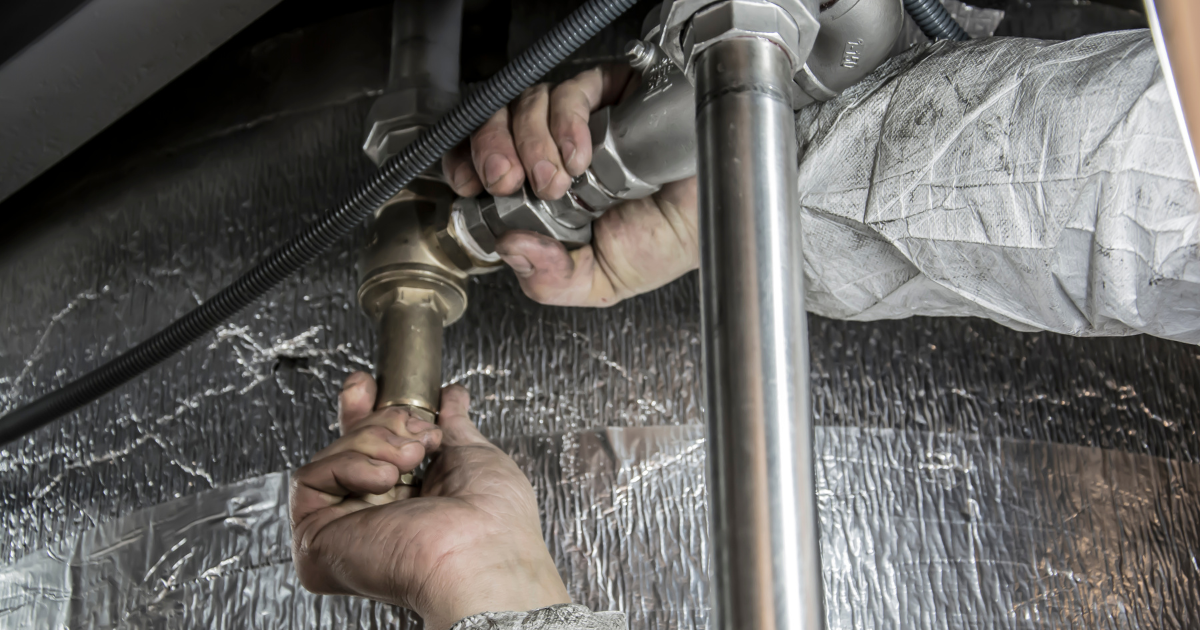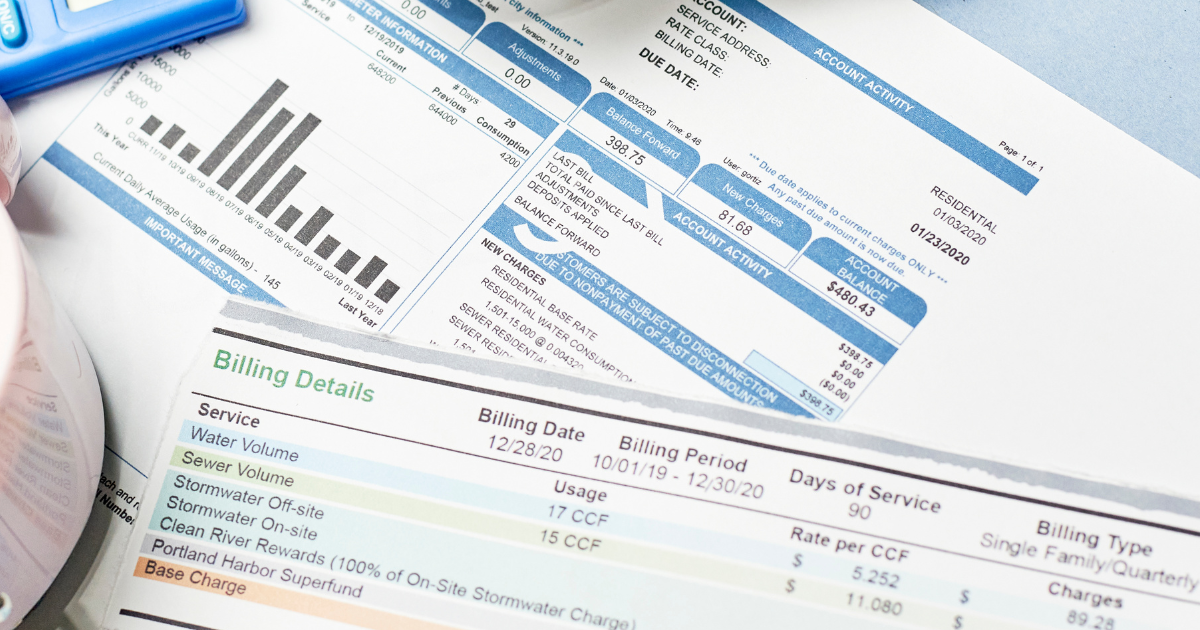The Downside of Tankless Water Heaters: Exploring Their Limitations
Tankless water heaters, also known as on-demand water heaters, have gained significant popularity in recent years due to their energy efficiency and endless supply of hot water.
Unlike traditional water heaters with large storage tanks, tankless models heat water directly as it flows through the unit.
They offer numerous advantages such as energy efficiency, on-demand hot water, and space savings. However, they do come with some downsides that should be carefully considered before making a purchasing decision.
In this article, we will explore the downsides of tankless water heaters to provide you with a comprehensive understanding of their drawbacks.
Higher Initial Cost:
One of the primary drawbacks of tankless water heaters is their higher initial cost compared to traditional storage tank models.
Tankless units require advanced technology and complex installations, resulting in a more significant upfront investment.
Additionally, retrofitting a tankless system into an existing home might involve additional expenses, such as rewiring or upgrading the electrical system or modifying the gas supply lines.
Limited Flow Rate:
While tankless water heaters are capable of providing hot water on demand, they have limitations when it comes to the flow rate.
If multiple hot water outlets are being used simultaneously, such as showers, faucets, and appliances, the water heater may struggle to meet the demand, leading to a decreased flow rate.
This can result in reduced water pressure and inconsistent temperature when multiple hot water sources are in use simultaneously.
Additional Equipment for Large Homes:
In larger households with high hot water demands, a single tankless water heater may not be sufficient to meet the needs of multiple bathrooms and appliances.
In such cases, installing multiple tankless units becomes necessary, which can significantly increase the overall cost.
Additionally, the installation of additional units may require substantial space and modifications to the plumbing system, further adding to the complexity and expenses.
Energy Requirements:
Tankless water heaters are often lauded for their energy efficiency since they only heat water as it is needed.
However, it is essential to consider the energy requirements during peak demand periods. In situations where hot water usage is consistently high, tankless units may need to operate at full capacity for prolonged periods, potentially consuming more energy than their storage tank counterparts.
This increased energy consumption during peak demand can offset some of the energy-saving benefits associated with tankless water heaters.
Maintenance and Repair Costs:
Maintaining and repairing tankless water heaters can be more complicated and costly than traditional models. The advanced technology, intricate components, and complex designs of tankless units may require specialized knowledge and expertise for maintenance and repairs.
In case of malfunctions or breakdowns, homeowners might need to rely on professional assistance, which can add to the expenses compared to traditional water heaters that often have simpler designs.
Conclusion:
Tankless water heaters offer several advantages, including energy efficiency and a continuous supply of hot water. However, it is crucial to consider their downsides before making a decision.
Factors such as higher initial costs, limited flow rates, additional equipment requirements for larger homes, energy requirements during peak demand, and maintenance and repair costs should be carefully evaluated.
By understanding the limitations of tankless water heaters, homeowners can make informed choices that align with their specific needs and circumstances.
The post The Downside of Tankless Water Heaters: Exploring Their Limitations first appeared on MasterCraft Plumbers.


